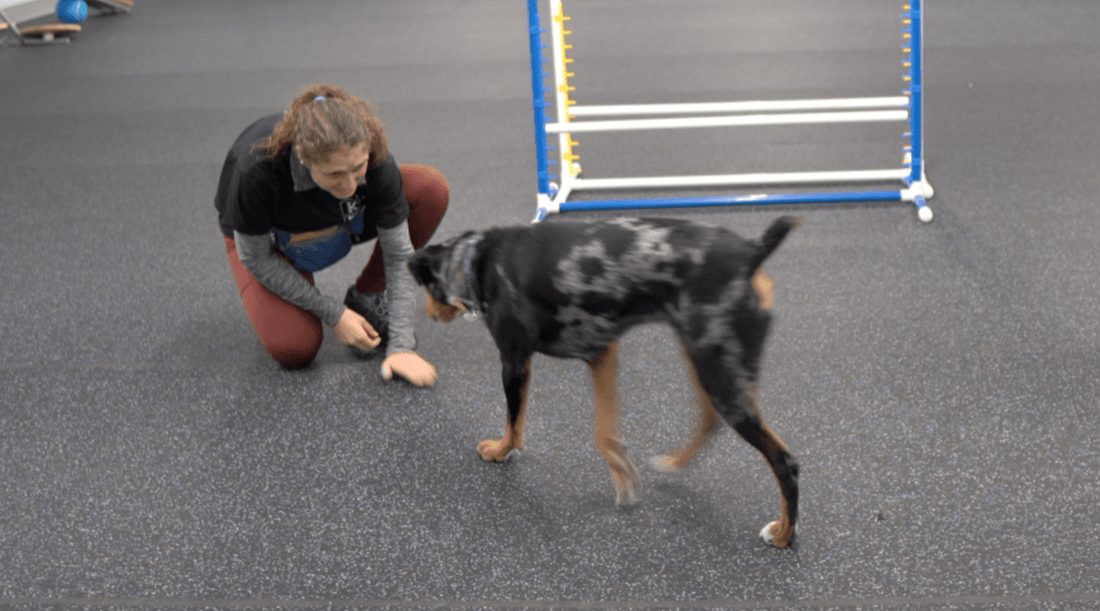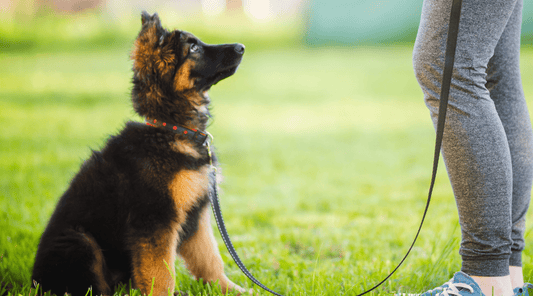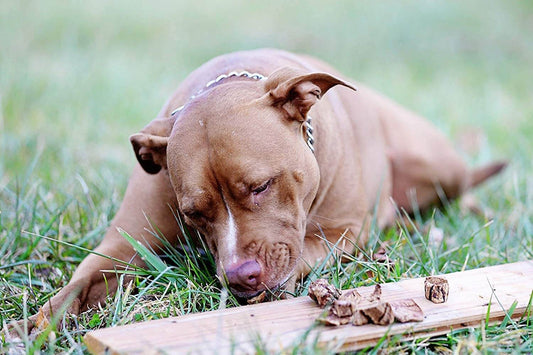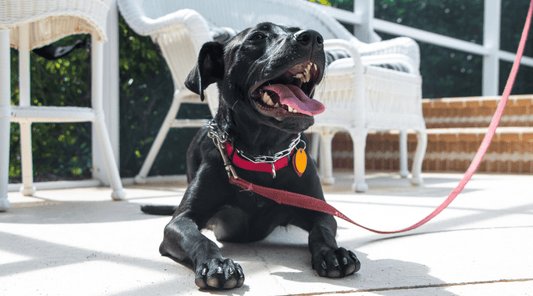
How to Teach a Dog to Come: Recall Training = Freedom + Safety
Dawn Miller Feb 12, 20255 Minute ReadLearning how to teach a dog to come is a critical skill for any dog parent who cares about dog safety. If your dog comes when you call, you can protect them from danger. But recall training also enhances your dog's freedom. A dog you can off-leash at the trails, lake, and park is a dog that gets to explore, sniff to their heart's content, and always return to you when it's time to go home.
The other evening, I was out on the trails with my dogs. I watched them bound through the trees, into gullies, and back out again. They were dogs getting to be dogs.
Common Reasons Dogs Ignore "Come" Command
Now, you might already be thinking, of course, my dog comes when I call. But have you ever put this to the test? Now, really, I mean, out in the open with distractions?
Many dog moms and dads are shocked the first time they take their well-trained pup on a camping trip. The new sights, sounds, and scents overwhelm them.
And soon, their dog disappears. The K9 only returns after night falls. And their pet parent spent the whole day worrying instead of enjoying the great outdoors.
The truth is dogs often behave a certain way in the home, yard, and on leash. But as soon as that leash no longer binds them, they're gone.
They still love you.
And they'll probably come back.
But you're on their terms now. The big world is too enticing not to explore.
Other reasons to ignore you might include:
- Lack of motivation. Catching a rabbit is more exciting than your boring dog treats.
- Coming feels like a punishment. You seem upset that they took so long to come back.
- Inconsistent training. You haven't trained them on a long leash before off-leashing. Or you didn't practice in a less distracting environment first.
All fixable. Here's how!
Step-by-Step Guide to Teaching Recall
Teaching a dog to come is called "recall training" and in some contexts "off-leashing", so I'll use these terms interchangeably.
1. Start Indoors or in a Fenced Area
Begin this journey in a low-distraction environment. Use your most happy, excited voice and kneel down (if you can) to make yourself inviting. Then:
- Say "{dog's name}, Come."
- When they move toward you, reward with a high value dog treat and praise.
- Gradually increase the distance and repeat.
Pro Tip: Use single-ingredient treats like beef lung or trachea treats to make recall extra rewarding.
2. Take It Outside with a Long Leash
Long leashes are specifically designed for when you're learning how to teach a dog to come. With a length of up to 50 feet (15-30 for smaller dogs), they allow your dog to "roam" away. This way, you can test your dog's ability to follow the training commands when they're not at arm's length.
To practice with a long leash, start in your home or yard, if possible. If this won't allow you to make reasonable distance, try a park at a low traffic time (during work hours, early or late on weekend days, etc.)
- Attach the leash
- Let them explore
- Call them using an excited voice in the same way you did in step 1.
- Reward them with high-value dog treats and praise when they come.
- Repeat several times.
Note: If they hesitate, slowly reel them in a while using the same happy voice: "{dog's name}, come" one more time. Reward them when they get to you.
3. Add Distractions
Next, visit the park when more people are around, especially children. We know how dogs get excited about little ones.
Pro Tip: Don't repeat the command more than once if they don't come. Just gently reel them in. If you say it 5 times, they learn to ignore it.
4. Add More Distractions
I also suggest you go somewhere where small animals roam, like squirrels or rabbits. If chasing cars or cyclists is more of a concern in your neighborhood, recruit some friends with vehicles to help you. It's better if the driver/rider knows what you're doing so they don't freak out.
This will be a real test, as their predatory instinct may kick in. But remember, they're still on a long leash, so you're in control.
A few pointers:
- If your dog is stronger than you are, bring a friend who can help you reel them in if needed. But make sure they understand the plan so they can be supportive. You don't want them grumbling or exuding frustration that makes the dog not want to come to you.
- Be careful around trees or other tall objects, as you could become tangled. Stay in the open.
5. Work Back Through Each Stage Off-Leash
Once they consistently come to you on a long leash, it's time to go back to step 2, when you first attached the leash. Practice this dog training in a low-distraction environment without the leash.
If they nail it, reward them and progress. If they struggle, go back to the previous step. Reward them and stop the dog training for the day.
When it's time to train again, try the step they struggled with.
Keep rewarding them when they get it right. They'll get it.
6. Test Them in Nature (Optional)
Finally, I suggest you take them somewhere more expansive like a nature trail, lake, or camping area. In some parts of the country, you might take them out into a prairie or desert.
The point is that it's big and explorable. Now, allow them to run away from you (but still in eyesight) in this large, explorable area.
Recall them periodically, increasing the amount of time between recalls.
Keep your bag of dog treats readily available so you can reward them with treats and praise.
7. Proof the Training
The biggest mistake people make is stopping rewards too soon. Before you switch to intermittent rewards, repeat and make sure they come to you without hesitation every time, regardless of distraction.
This is called proofing. You're confident your dog follows the command.
8. Switch to Intermittent Reward
Even after your dog knows the command, keep rewarding them occasionally to maintain a strong recall. It's become a habit now.
And they learn that coming to you isn't just about getting treats. It's about being a good companion. They feel good when they obey.
Now, it's time to teach them something new. So, you'll need those dog treats for that.
Ready to level up your dog’s recall or teach them new skills? Join our Free 7-Day Dog Training Challenge.
Why High Value Dog Treats Are Essential
High value treats create strong positive associations during dog training—turning new skills into lifelong habits. I've found training with high value treats makes my own training sessions faster and more efficient.
You should see my terrier Pixie at parties. She's always ready to impress.
I choose single-ingredient beef dog treats for dog training. And I give them a meaty dog bone after long training sessions.
Because they're single ingredient, they have no questionable ingredients—just grass fed beef organ meat, beef marrow-filled dog bones, and connective tissue based treat. Delicious and nutritious!
Available On:





